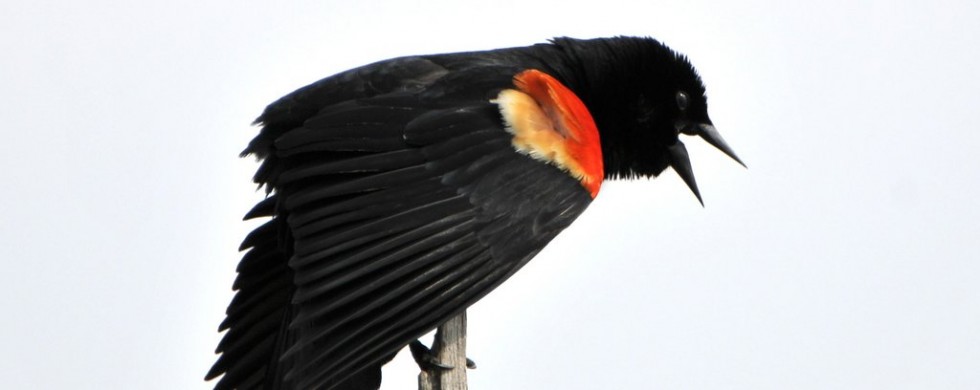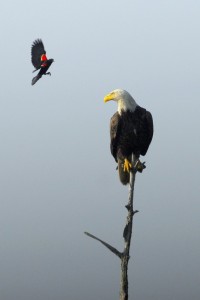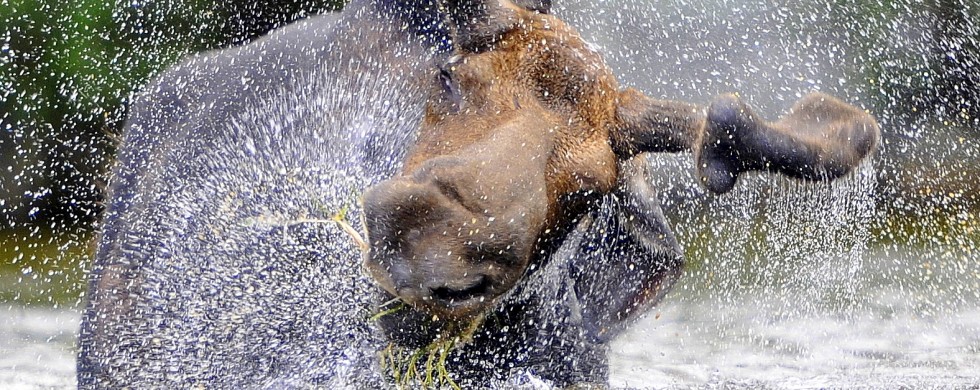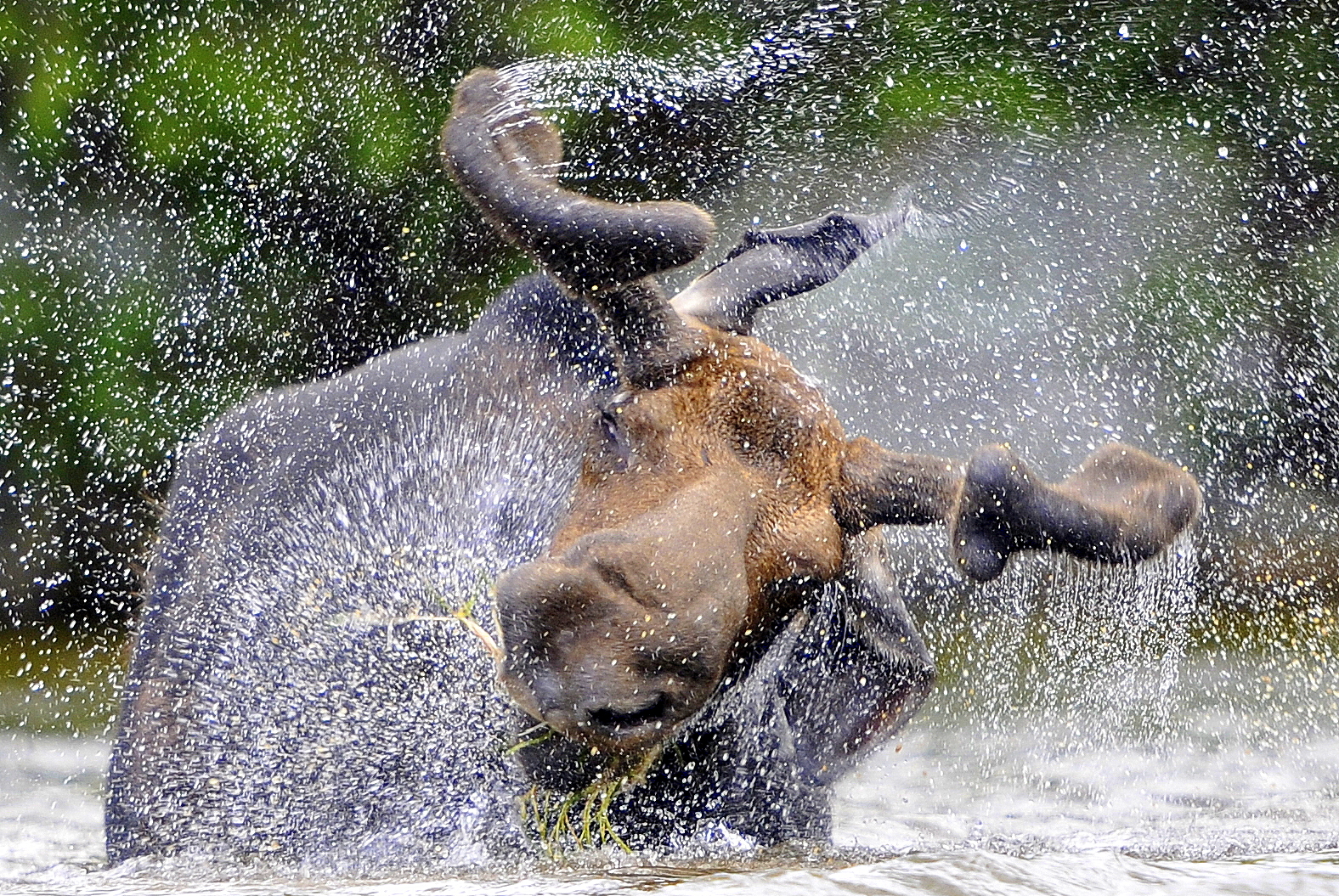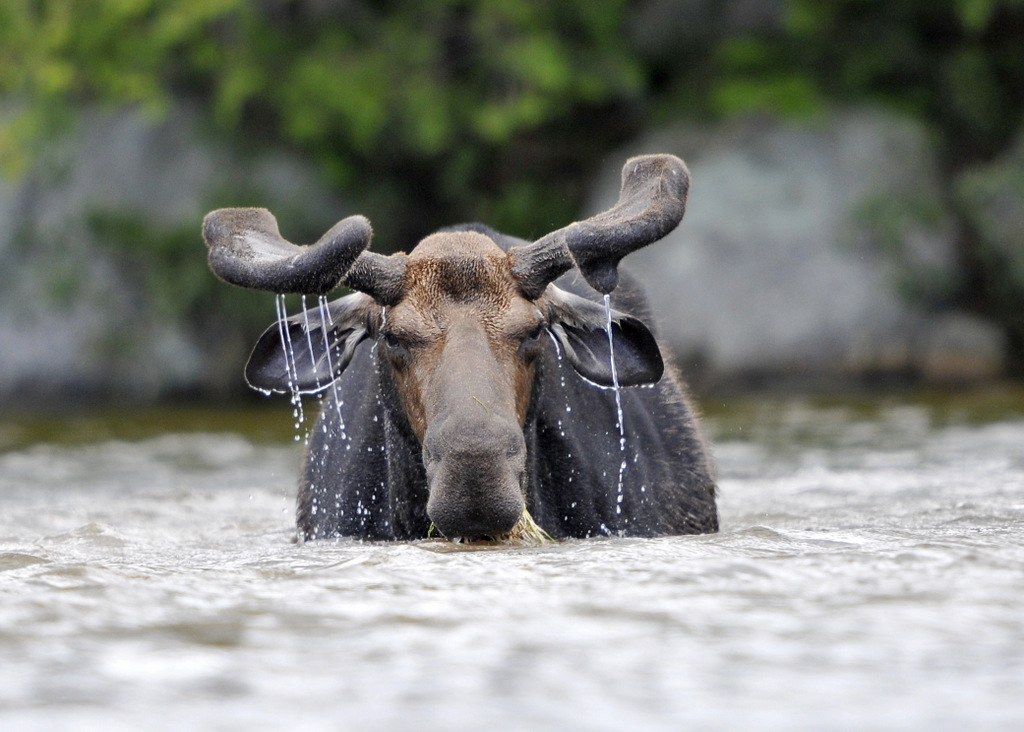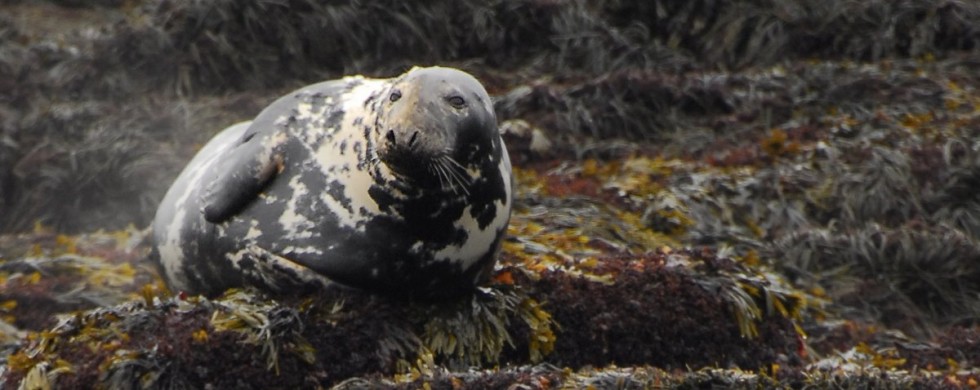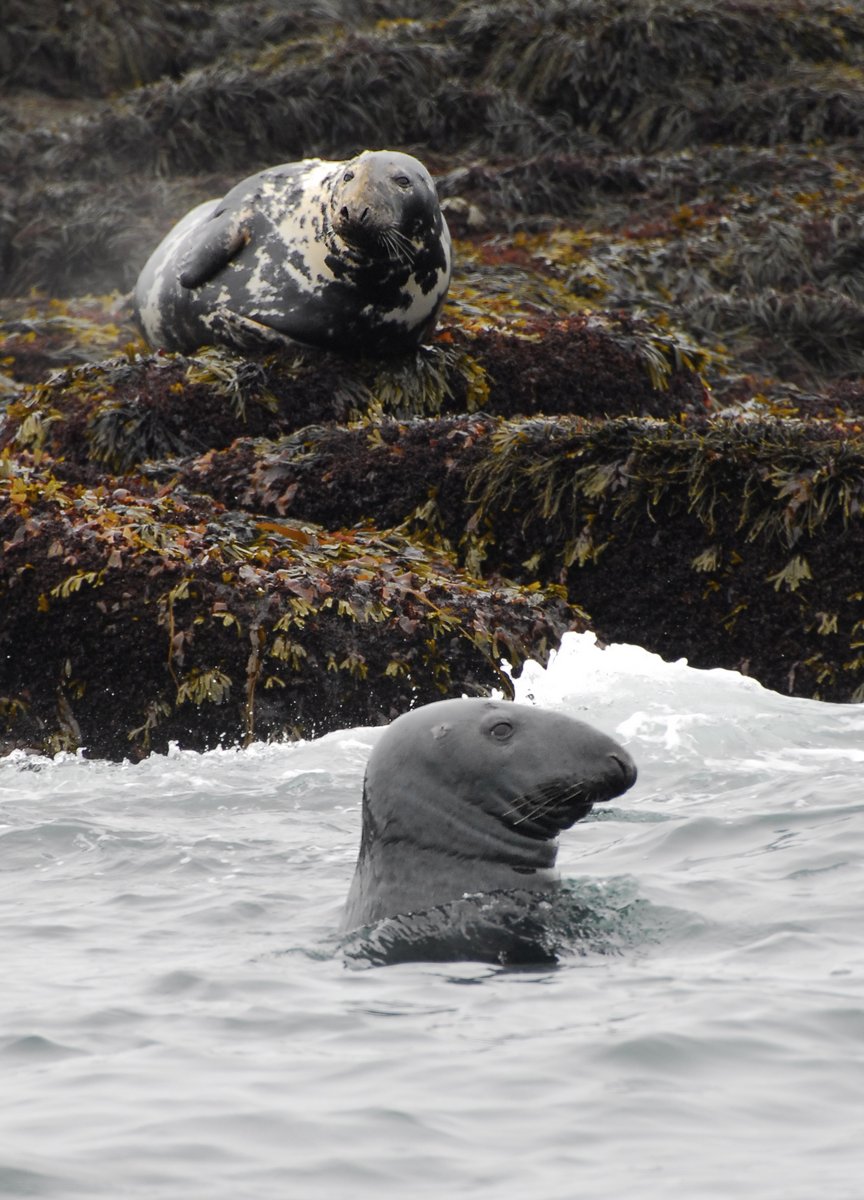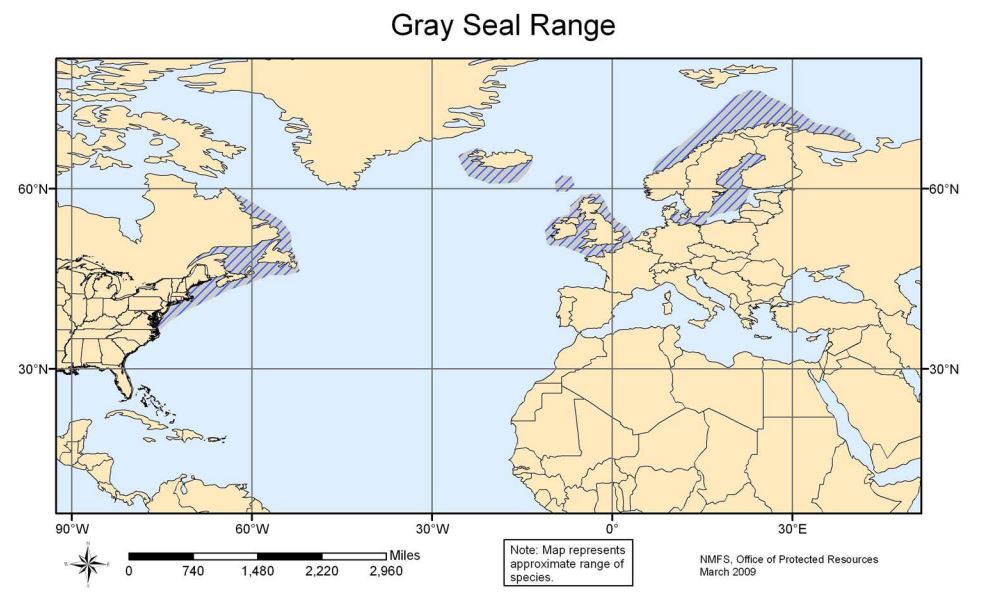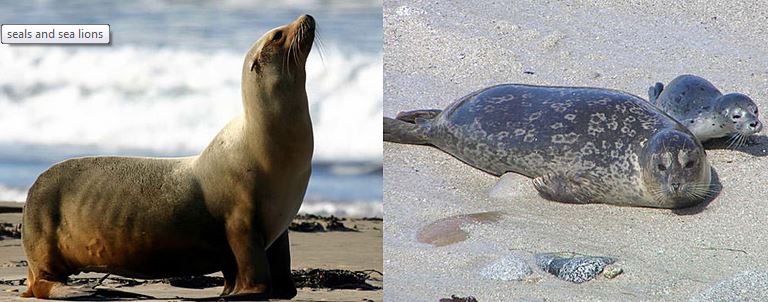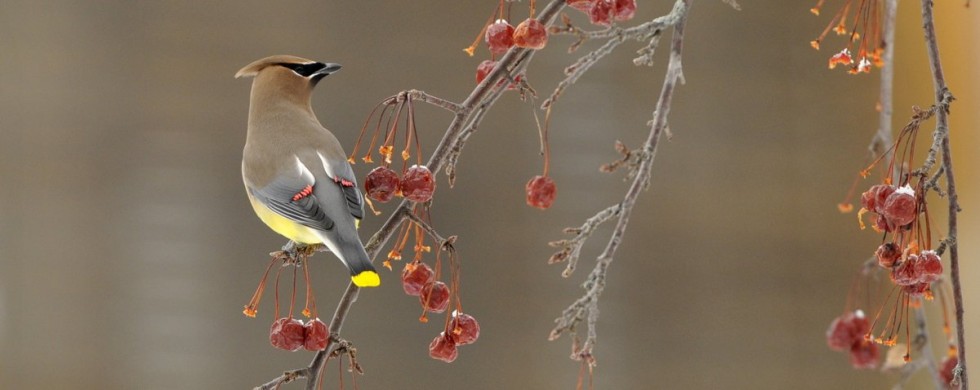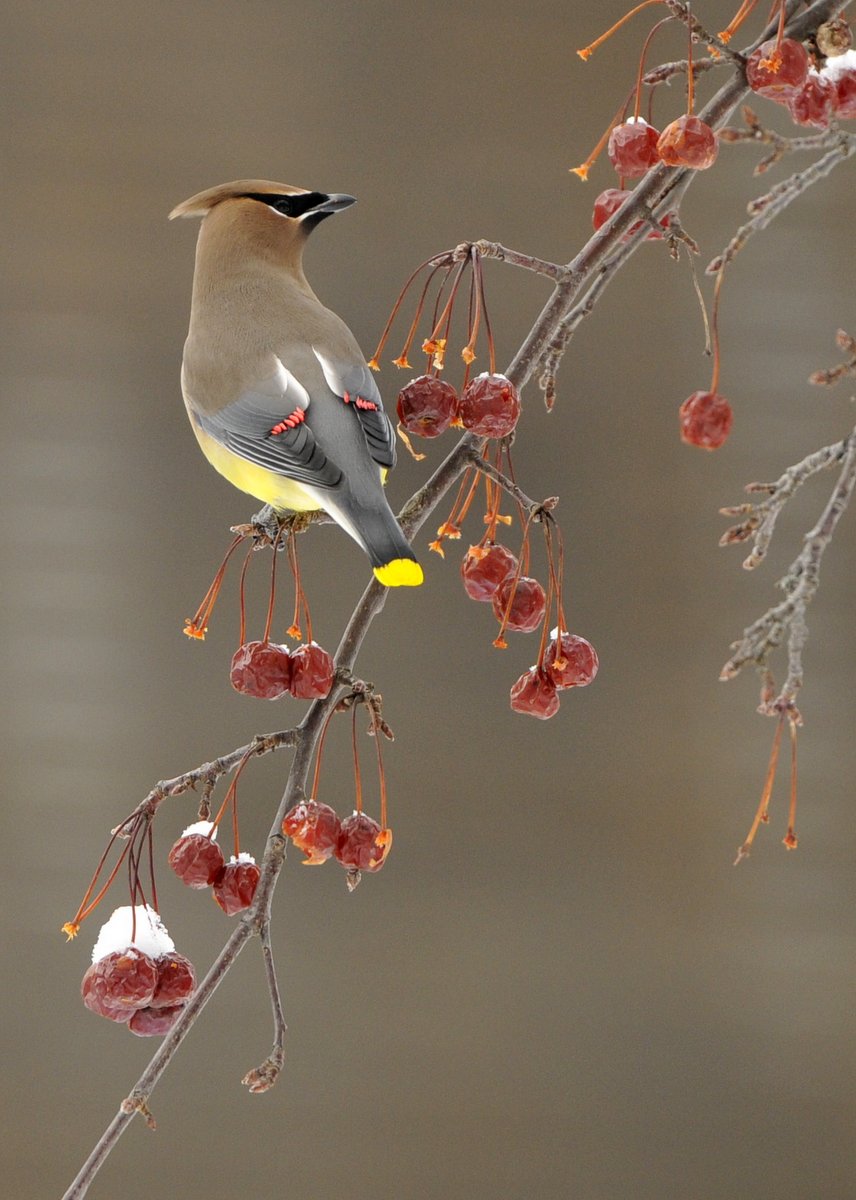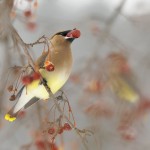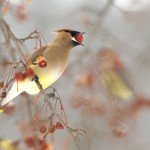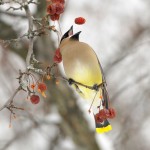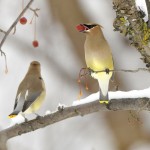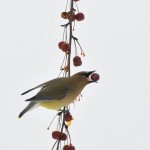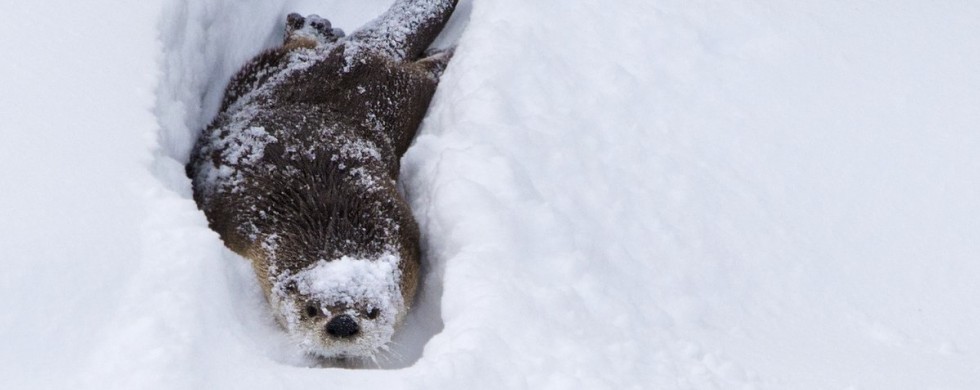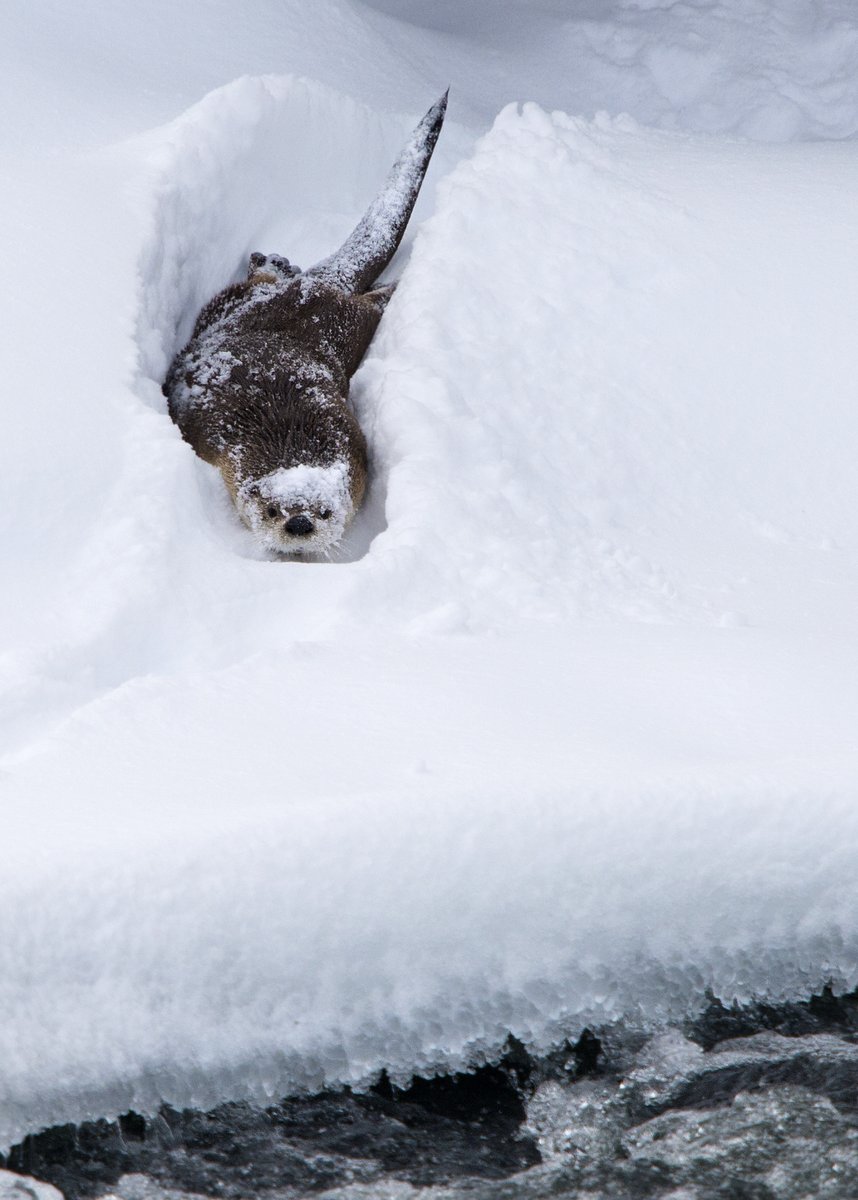30
Shot of the Month – June 2014
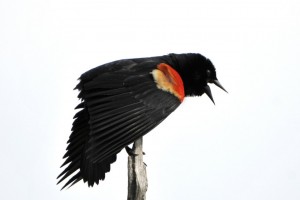 Whoever named the Red-winged Blackbird (RWB) didn’t take much time at the task. Sure, the name is accurate, but come on, really? By that measure, the American Robin would be called the Orange-bellied Thrush. Where’s the creativity?
Whoever named the Red-winged Blackbird (RWB) didn’t take much time at the task. Sure, the name is accurate, but come on, really? By that measure, the American Robin would be called the Orange-bellied Thrush. Where’s the creativity?
A more interesting nom de guerre perhaps? How about the Spartacus Swamp Sparrow? Yes, that has a certain ring to it.
Let’s Break it Down (Hammer style?):
Spartacus: RWBs are the gladiators of the cattails. During the breeding season, a male spends at least a quarter of the daylight hours defending his territory. Each day the male finds the highest nearby perch and rigorously calls out his claim on the surrounding little piece of the Earth as he provocatively flashes his red epaulets for all to see. (To be completely accurate, one must acknowledge that the epaulets often have a yellow or orange border)
Check out this video to hear and see one in action.
Females are attracted to the males with the brightest and biggest epaulets (hmmp, typical).
From his perch, the male aggressively defends the nest from all adversaries. These guys are known to take on animals, and certainly birds, much bigger than themselves as you can see here. This bald eagle apparently came too close to the RWB’s home turf and Spartacus came at him with a vengeance – I have a whole sequence of images of the RWB dive bombing and circling the eagle. Alas, the eagle never took notice of the robin-sized warrior.
Such an antagonistic attitude is well founded given the dangerous world RWBs live in. Just about every North American raptor preys on RWBs — short-tailed hawks are particularly fond of dining on them. Even barn owls who normally prey on small mammals are in on the take as are Northern Saw-whet Owls who are barely bigger than the RWB! Crows, ravens, magpies, and herons sometimes prey on blackbird nests. Other predators of the nest include raccoons, mink, foxes, and snakes. Marsh wren will destroy the eggs and peck the nestlings to death. You can see why RBWs have a chip, albeit a colorful one, on their shoulder.
Swamp: RWBs prefer wetlands and can live in both freshwater and saltwater marshes. That being said these guys are adaptable and can be found in just about any open grassy area and can even be found in dry upland areas where they will live in meadows, prairies, and old fields. They have a massive range and can be found as far north as southern Alaska and as far south as the Yucatan peninsula. Those living in the north will migrate to the southern US and Central America in the winter.
Sparrow: RWBs are not really in the same family as sparrows – I took some artistic, alliterative license with that one. In my defense, however, the female RWB looks like a large sparrow. The bland colors of the female allow it to blend in nicely and not draw any undue attention to the nest.
Given the relentless onslaught from predators and rivals, from both land and air, one has to admire the plucky Red-winged Blackbird. In my book, he has definitely earned his stripes.
Until next month….m

